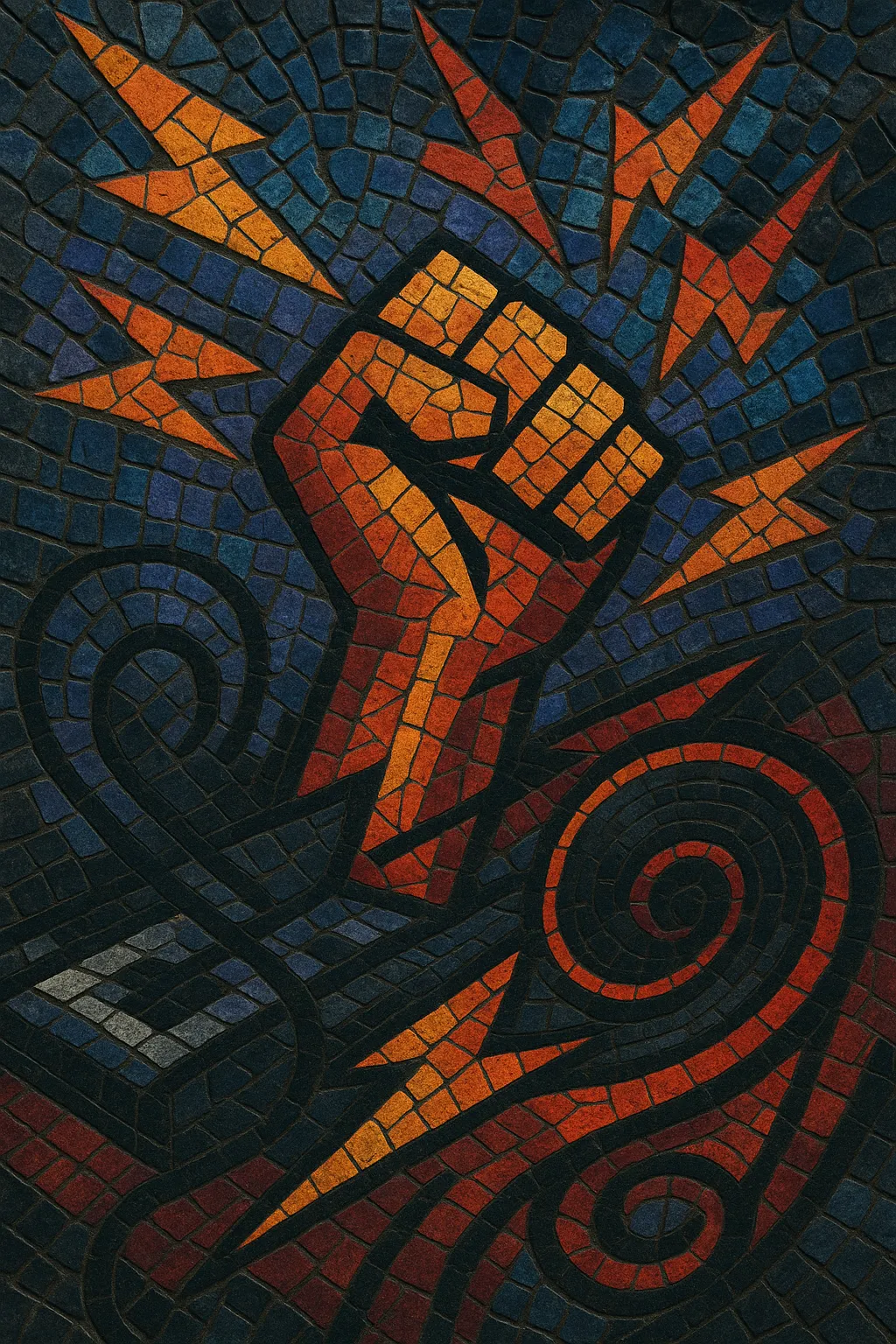Hard dance is an umbrella term for a family of high-energy club styles that fuse the drive of techno with the euphoria of trance and the punch of house.
Emerging from the UK club circuit in the mid-to-late 1990s, it is characterized by tough 4/4 kicks, bold lead synths, acid lines, and big breakdowns that resolve into emphatic drops. Tempos typically sit around 135–150 BPM, with arrangements built for DJ mixing and peak-time momentum.
The name commonly covers UK hard house, hard trance, hard NRG, and adjacent sounds that emphasized harder percussion, rolling basslines, and euphoric hooks while remaining distinctly dancefloor-focused.
Hard dance coalesced in the UK as club DJs and producers began pushing the harder, more driving ends of house and trance. Parties and labels such as Tidy Trax, Nukleuz, and Tripoli Trax framed the sound—lean 4/4 kicks, rolling bass, acid motifs, and euphoric breakdowns—while importing influences from hard trance in Germany and acid techno lines from London’s squat-party circuit.
By the turn of the millennium, hard dance filled superclubs and weekender festivals across the UK, with resident DJs and a dedicated network of specialist record shops and magazines. UK hard house, hard NRG, and hard trance shared booths and compilations, and a recognizable toolkit (reverse-bass grooves, hoover stabs, supersaw leads, and gated vocals) became codified on dancefloors.
As continental Europe’s hardstyle and jumpstyle exploded—sharing DNA with hard trance/UK hard house—the UK hard dance scene contracted but remained vibrant through niche labels, radio shows, and dedicated promoters. Artists bridged scenes, and production techniques (layered, clipped kicks; dramatic builds) cross-pollinated with hardstyle, freeform, and later festival-leaning big-room sounds.
Hard dance persists through legacy brands (e.g., weekender events), specialist labels, and online communities. The term is still used as an inclusive banner for harder, euphoric 4/4 club music, sitting between techno’s percussive focus and trance’s melodic uplift while influencing—and being refreshed by—hardstyle and related festival styles.


